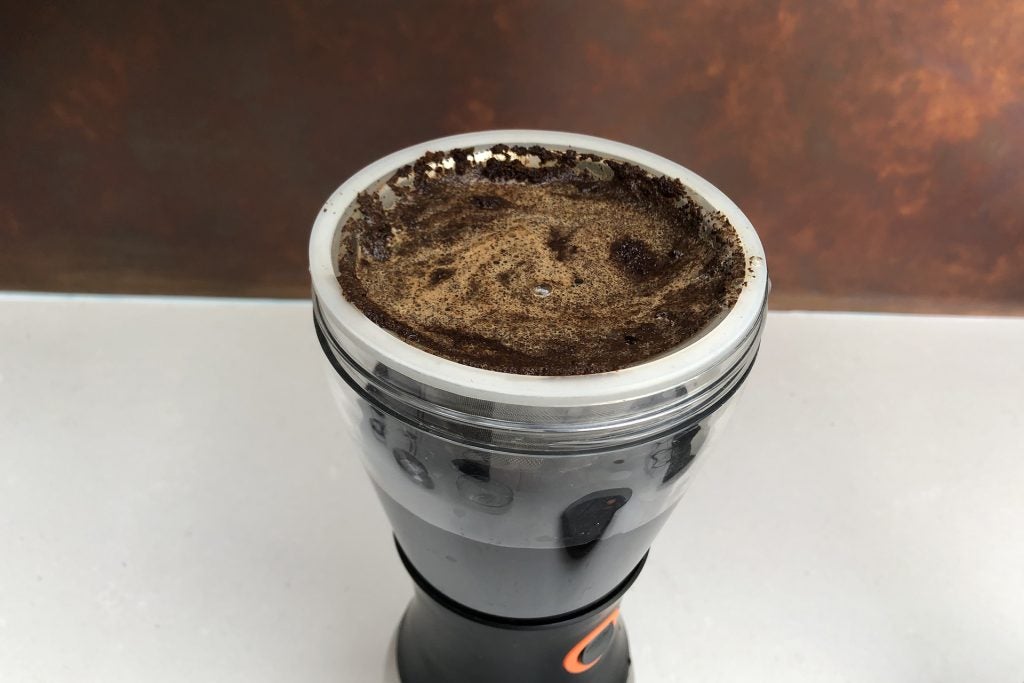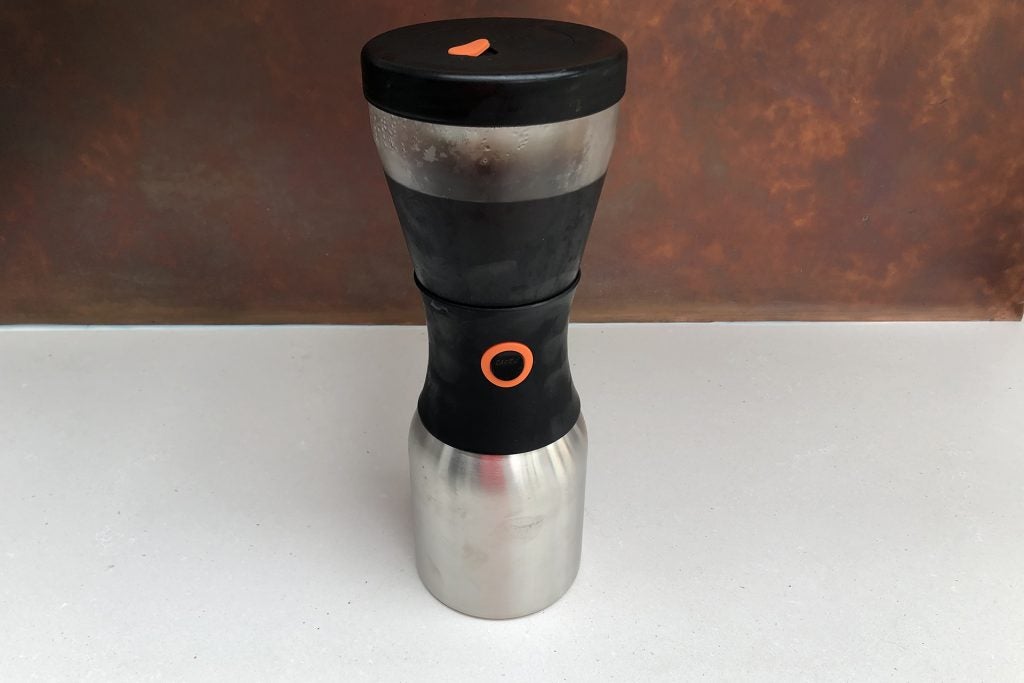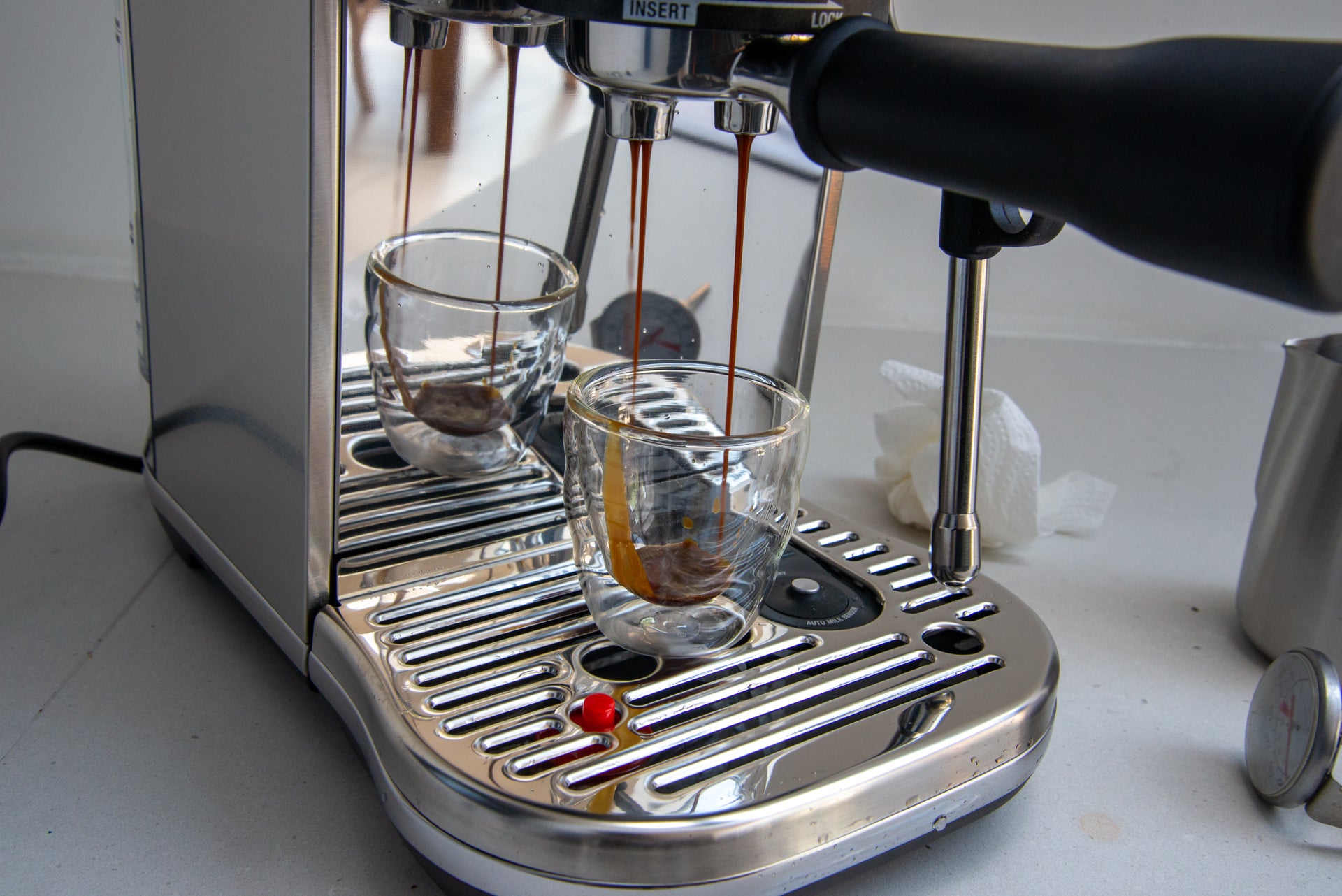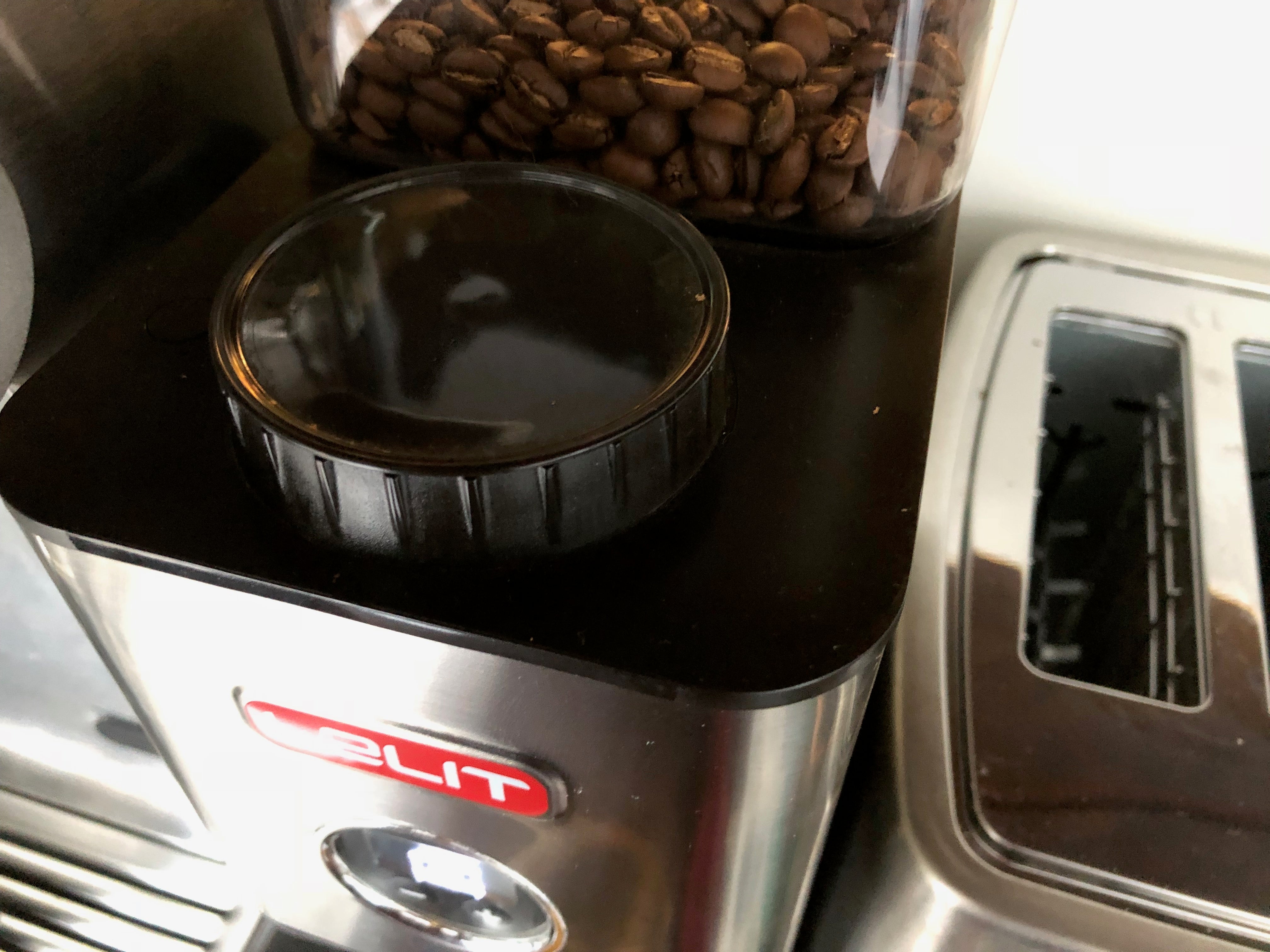How to make cold brew coffee

Cold brew coffee is one of the best ways to enjoy cold coffee. It’s almost stupidly easy to make, can last a long time when stored in the fridge, and gives a smooth, low-acid taste.
Here, I’ll take you through what you need to know about making the perfect cup of cold brew.
Cold brew vs iced coffee
Iced coffee is regular coffee made over ice. Iced coffee uses hot water to extract flavour from the beans, before cooling it. As you’ll know, cold coffee can taste horrible, which is why the choice of bean is very important: you need your final cup to have a smooth and refined taste when cold.
Cold brew is different. As the name says, it uses cold water for extraction. The main difference is that hot water extracts flavour quickly, cold water extracts it slowly and with less acidity, making the final cup very smooth. Typically, cold brew takes between 12 and 48 hours to work, so you have to be prepared. However, once made, you can store cold brew for a couple of weeks in the fridge.
Choosing your coffee and ratio
Cold brew coffee is less sensitive to the type of bean that you use, so you can try it with anything. Adjust for taste, going for a darker roast if you prefer a richer flavour, and single origin with a medium roast if you want more subtlety. You need coarse ground coffee to make this work (you can see the process from light to dark in the image below).

It’s easiest to work on ratios (grams of coffee to ml of water, so you can adjust for the receptacle size). Typically speaking, a ratio of 1:4 gives you a very strong drink that you’ll need to dilute; a 1:15 ratio gives you drink ready to go. I think somewhere in the middle gives the best results, around 1:8. I go with 250ml of water per 30g of coffee.
Starting to brew
The important thing with cold brew is to let the coffee grounds stay in the water until the brewing process is done. Here, I’m using the Asobu Cold Brew Coffee Maker, because it makes the job easy. However, you can put your mixture in a jar or bottle, mixing the right ratio of water to coffee.
With the Asobu system, you add one-third of the coffee, then one-third of the water, repeating until done. This helps saturate the coffee grounds.

Once the coffee and water has been added, you leave the mixture alone: store it in the fridge if you can, to keep it cool. Leave for a minimum of 12 hours, but 24 hours is generally better; go for 48 hours if you want the maximum strength.
Filter your coffee
Once the cold brew has finished in the fridge, you need to separate the cold brew coffee from the grounds. If you made the drink in a jar or bottle, you can just pour it through a filter in a flask or another container.
With the Asobu system, you press the button underneath to release the cold brew coffee into the flask underneath. I recommend keeping the mixture in the fridge.

Serve
To serve, you simply pour your cold brew out over ice. It’s worth pouring a little first, to see if you need to dilute the result. If you’ve used my suggested ratio, I tend to go with half water, half coffee; the ratio you used will affect this, so go with a little trial and error. That’s it, you’ve got a couple of weeks to use your coffee up.




